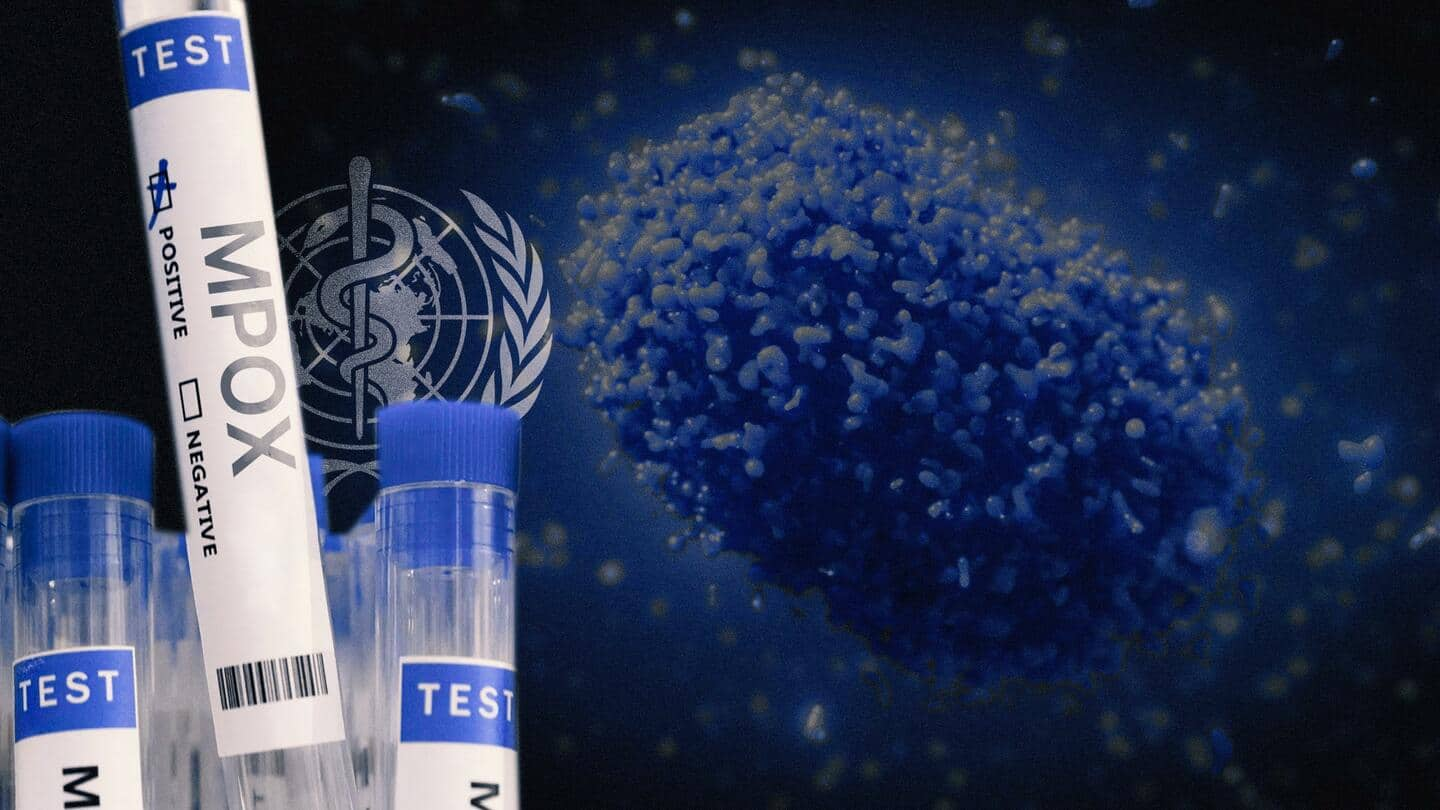
Monkeypox renamed to mpox: Here's everything you need to know
What's the story
Monkeypox has now a new name - mpox.
The World Health Organization (WHO) announced the name change in an effort to reduce racist stereotypes and stigmatization.
The change comes after several individuals and countries raised concerns. Hence, the WHO was asked to propose a way forward to change the name.
Both names will be used simultaneously for a year until "monkeypox" phases out.
Racial stigma
Virus renamed to tackle stigma
Since the outbreak this year, there has been an incessant increase in the use of discriminatory language and memes online.
The name "monkeypox" plays into stereotypes of Black and African people and has also been used with anti-gay slurs.
The outbreak has disproportionately affected two groups of people, first, homosexual men and second, people of Black and Hispanic origin.
No confusion
Both names are to be used for one more year
Both the names, "mpox" and "monkeypox," will be used simultaneously for one more year before the latter is completely phased out.
The one-year transition period has been allowed so that there's no confusion caused by a name change in the middle of a global outbreak.
It will also give time to complete the update process for the International Classification of Diseases and WHO publications.
The virus
What exactly is mpox?
Mostly transmitted to humans from animals, monkeypox is an infectious viral disease.
Its symptoms include fever, swollen lymph nodes, and a rash that forms blisters and then crusts over.
With a mortality rate of up to 10%, it can be fatal in rare cases.
Notably, the first case of human monkeypox was identified in 1970 in Congo in a nine-year-old boy.
Transmission
How does mpox spread?
Monkeypox spreads through close, personal, often skin-to-skin contact.
The disease can spread through direct contact with rashes, or body fluids from an infected person.
Extra caution is advised in case of individuals with lesions on their skin or genitals.
The US health department has advised avoiding contact with and consumption of dead animals such as rats, squirrels, monkeys, and other apes.
Origin
The origin of the 2022 mpox outbreak
The first case was detected in London on May 6, 2022, in a patient with a recent travel history from Nigeria, where the disease is endemic.
From then on, the disease has been spreading across the globe, but predominantly in Europe and the US.
This is the first time monkeypox has spread widely outside central and west Africa.
Magnitude
How widespread is the outbreak
The actual number of cases is likely to be underestimated given the unexpected and vast geographical spread of the disease.
However, according to WHO, so far more than 81,000 cases, including 55 deaths have been reported across 110 countries.
Most cases reported in the past month were from North and South Americas, about 92.3%, and Europe, about 5.8%.